The Lofree Flow 2 is yet another iteration of the company’s growing line of slim, mechanical keyboards. While this one makes plenty of fine decisions about functionality, the lopsided design is just one of the questionable choices buyers will need to grapple with.
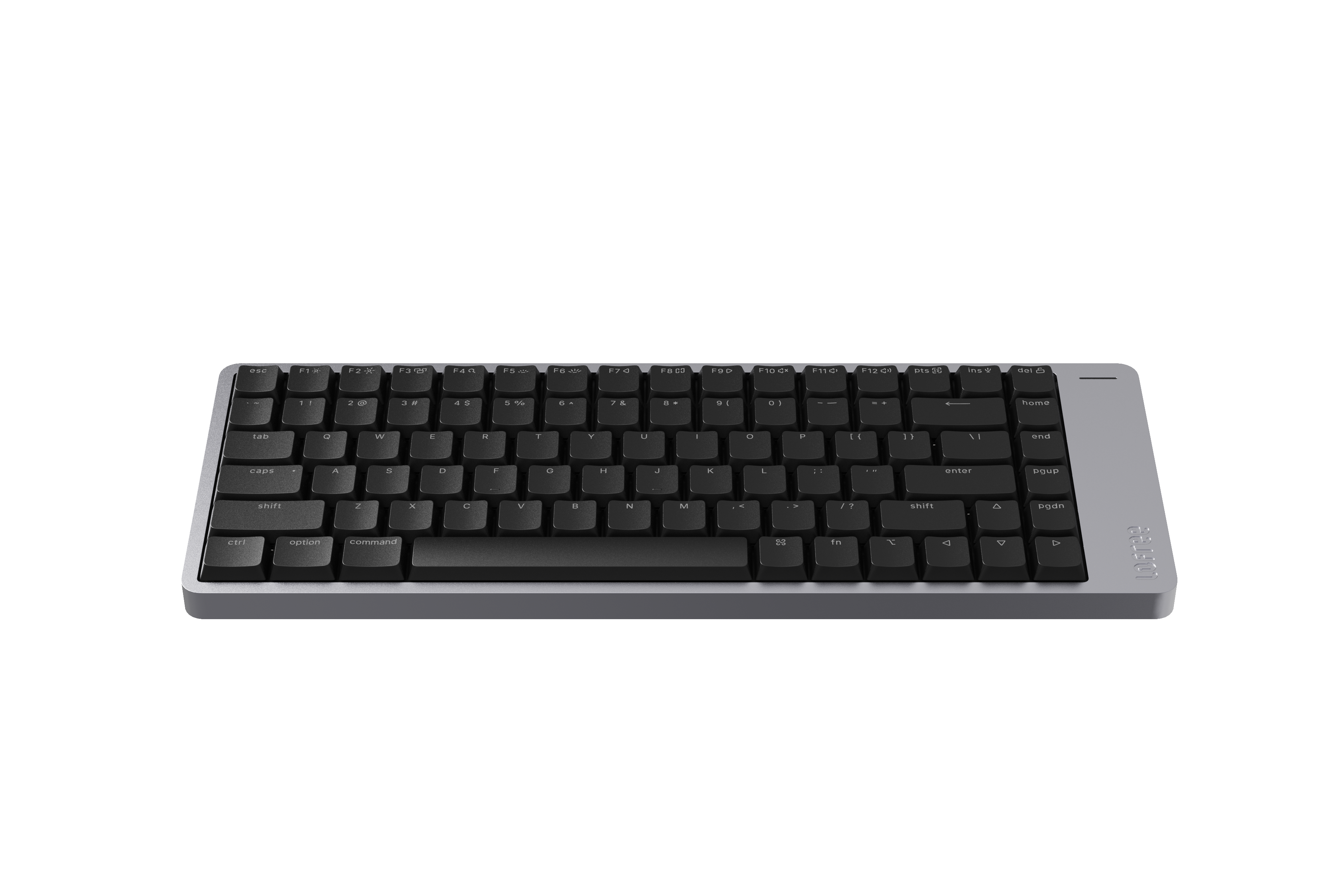
- Wireless
-
Bluetooth and 2.4GHz
- Backlight
-
White (2 modes)
- Battery
-
3,000mAh
- Num Pad
-
100-key model
Crafted from CNC-machined aluminum alloy, Flow 2 offers a seamless blend of elegance, texture, and durability.
- Sturdy construction
- VIA configuration
- Multiple connection methods
- Touch bar sensitivity
- Limited backlight configurations
- USB-C port on the right side (instead of the back)
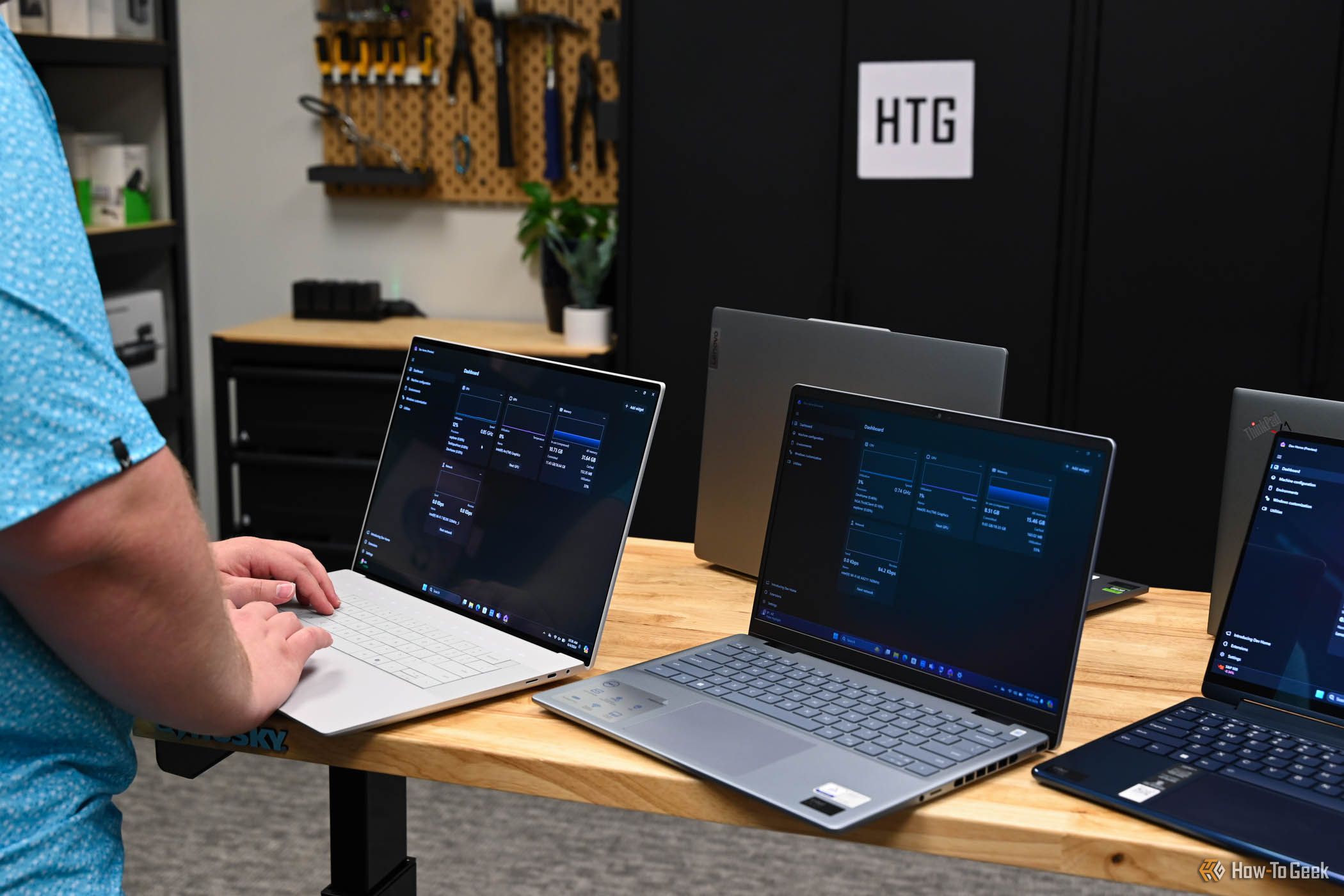
See Our Process
How We Test and Review Products at How-To Geek
We go hands-on with every product to ensure it’s worth your time and money.
Price and Availability
The Lofree Flow 2 keyboard is available on Kickstarter starting July 10. The full retail price of the Flow 2 (84-key version) is $199. Ordering it early will offer customers a discount.
The keyboard comes in two colors and three different key configurations: 68 keys (65%), 84 keys (75%), or 100 keys (96%). I tested the 84-key version.
- Wireless
-
Bluetooth and 2.4GHz
- Backlight
-
White (2 modes)
- Battery
-
3,000mAh
- Num Pad
-
100-key model
- Switch Type
-
Kailh x Lofree full POM switches
- Number of Keys
-
68, 84, 100 options
- Wired operation
-
Yes
- Dimensions
-
341.2 x 126 x 21.5mm
- Material
-
Aluminum alloy
- Bluetooth
-
5.3
- Charging
-
USB-C
- Keycaps
-
PBT+ ABS
- Wrist rest
-
No
- Polling rate
-
Up to 1000Hz
- Operating System
-
Mac, Windows, Android, iOS
- Adjustable Height
-
5 degrees (84, 100 models)
- Software Customization
-
VIA
- Colors
-
Silver, Space Gray
- Hot-swappable
-
Yes
There Might Be Something Off About This Design
There are a lot of features I liked on the Flow 2 keyboard, but the asymmetrical design will be the first thing most people notice. Previous Lofree keyboards, including some past Flow models, have placed the dead space along the top. Now, it’s been moved to the right-hand side to house a sliding touch-sensitive bar and USB-C port.
It’s easy to see how the extra material on the right side might be divisive. It is an odd decision. But reading through online keyboard forums reveals that people do not care for this style. The criticism is that, for such a minimal keyboard, it pushes the mouse farther away for right-handed users. A protruding USB cable on the right side can also get in the way of mousing.
In day-to-day usage, the concern of a charging cable or wired use getting in the way isn’t a big deal, though the concern still has validity. The Flow 2 gets around 80 hours of battery life, so I rarely found a need to plug it in, even though I primarily used it with full brightness wirelessly.
When I did use the keyboard over a wire, I used the right-angle cable from the box, and it didn’t get in the way. I do wish the port were on the backside, instead of on the side, though. I actually have a bigger issue with the included cable being USB-C to USB-A. It’s 2025, and the cable should have two Type-C ends.
As for the look of the uneven design, I didn’t mind it in the pictures. I was willing to put up with it for the touch-sensitive slider control on the right side.
In real life, though, the design is even less noticeable and obvious. It’s easy to ignore and look past, compared to the other things that are a bit off with this board. For example, the letters on the keycaps are close to the top border, and that makes them look misaligned. That bothered me.
The Sound and Feel of the Flow 2 Keyboard
The Flow 2 uses Kailh x Lofree full POM switches and PBT+ ABS keycaps. I found the action to be good, with plenty of spring and energy. The sound is a little more hollow than the original Flow, less chonky. I found myself mostly indifferent to the sound. The feel was fairly neutral. I came to like it just fine after a day.
Beyond the keyboard’s typing sound or feel, I found the aluminum frame to feel sturdy. The Flow 2 (84-key) comes in at 26.28 oz (745g), so it’s not as heavy as the Keychron Q1’s 64.37 oz (1.825kg)
I change keyboards often and haven’t used the original 84-key Flow board in a while. I had forgotten how much I like its default keys and overall feel. The keycaps are rounded off on the edges, which makes them feel smoother. Or at least, in comparison, it makes the edges of the Flow 2 keycaps feel sharp.
The single, fixed typing position of the Flow wasn’t ideal for versatility, and the Flow 2’s 5-degree adjustable legs don’t do much for multi-position use. You can use it with a shallow angle or flat. And for the additional limited use, it introduces a potential piece to break.
The original Flow keyboard had its issues, but I liked the choices it made. The Flow 2 adds some enhancements like a bigger battery and more customization, but I found the actual typing experience only so-so.
Of course, this is a hot-swappable mechanical keyboard designed to be altered, so it doesn’t need to stay this way. But as a default configuration, I prefer the smoother keycaps and lighter press of the first Flow board.
While the typing feel and sound are fine, the thing I dislike about the Flow 2 the most is the inability to change some of the finer details. Even with the addition of VIA for changing key mapping, there are some things that just aren’t addressable.
For instance, I went into using the Flow 2 excited by the potential of the touch strip, only to hate its implementation. It’s too sensitive. I could never get the volume to the level I wanted. Sliding my finger down it instantly made the volume go to zero. And sliding my finger up put it up louder than I wanted. I found it impossible to use, even going unnaturally slow and careful.
The white backlight and its sleep time also aren’t addressable. I found its one-minute time for turning off the backlight to be much too short.
The use of VIA is available in a web browser, like Chrome. You need to connect the keyboard with a cable and then, according to the manual, email support for the configuration file to use on the VIA website. Hopefully, once the keyboard is shipping in a wider capacity, the file will be available directly on the manufacturer’s site.
Should You Buy the Lofree Flow 2?
Unless there’s a specific reason you need the Lofree Flow 2 instead of one of the company’s other models, I would recommend that most people, especially casual consumers, skip this version.
The touch-sensitive side strip isn’t worth buying this keyboard for, and I’m not convinced that moving to VIA for configuration makes up for some of the other little pain points, like the placement of the USB-C port.
As okay as this board is, it doesn’t provide great value for the price. I’d rather use the original Flow, as limited as it may be, rather than the Flow 2.

- Wireless
-
Bluetooth and 2.4GHz
- Backlight
-
White (2 modes)
- Battery
-
3,000mAh
- Num Pad
-
100-key model
Crafted from CNC-machined aluminum alloy, Flow 2 offers a seamless blend of elegance, texture, and durability.


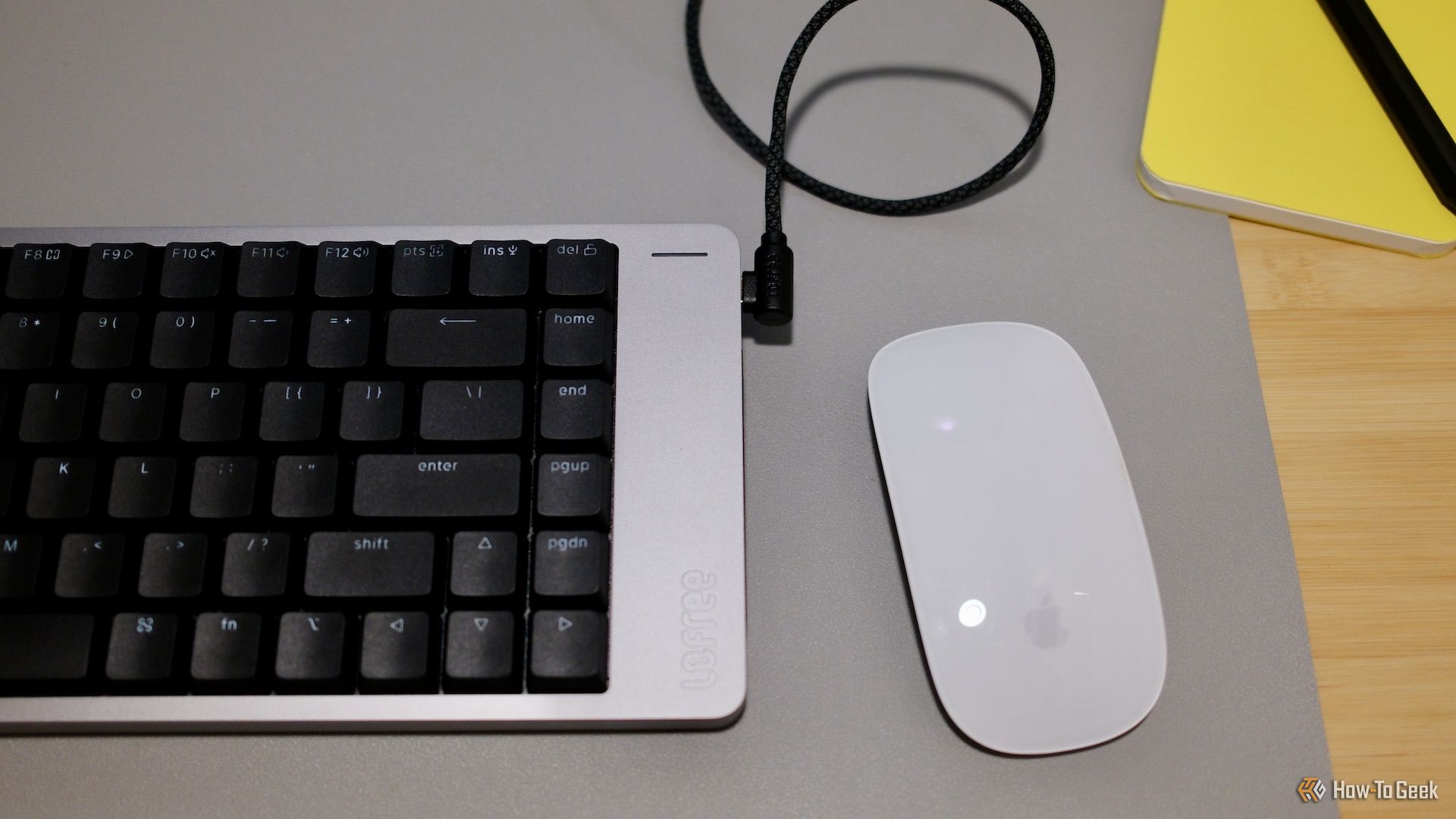

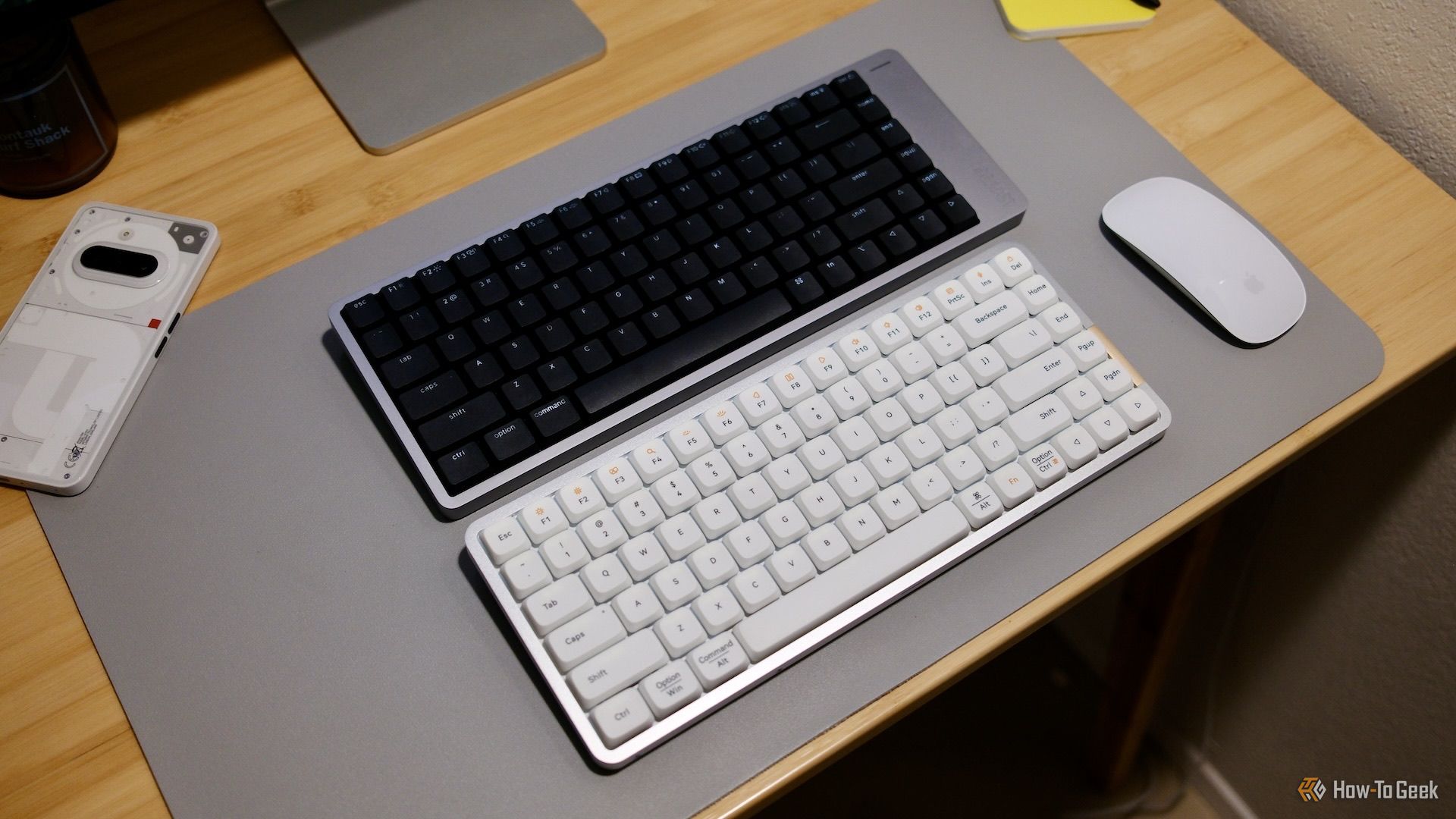
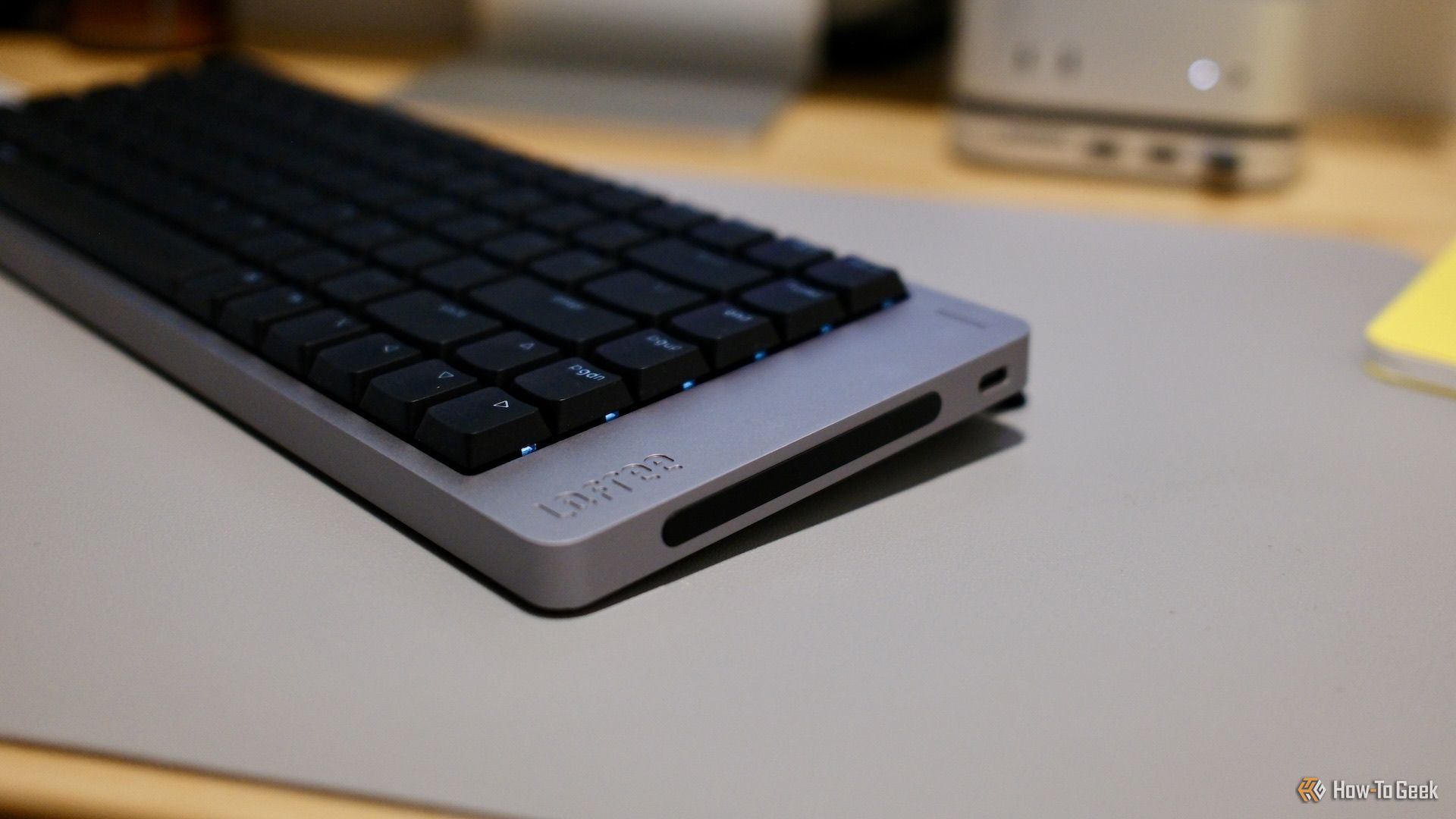
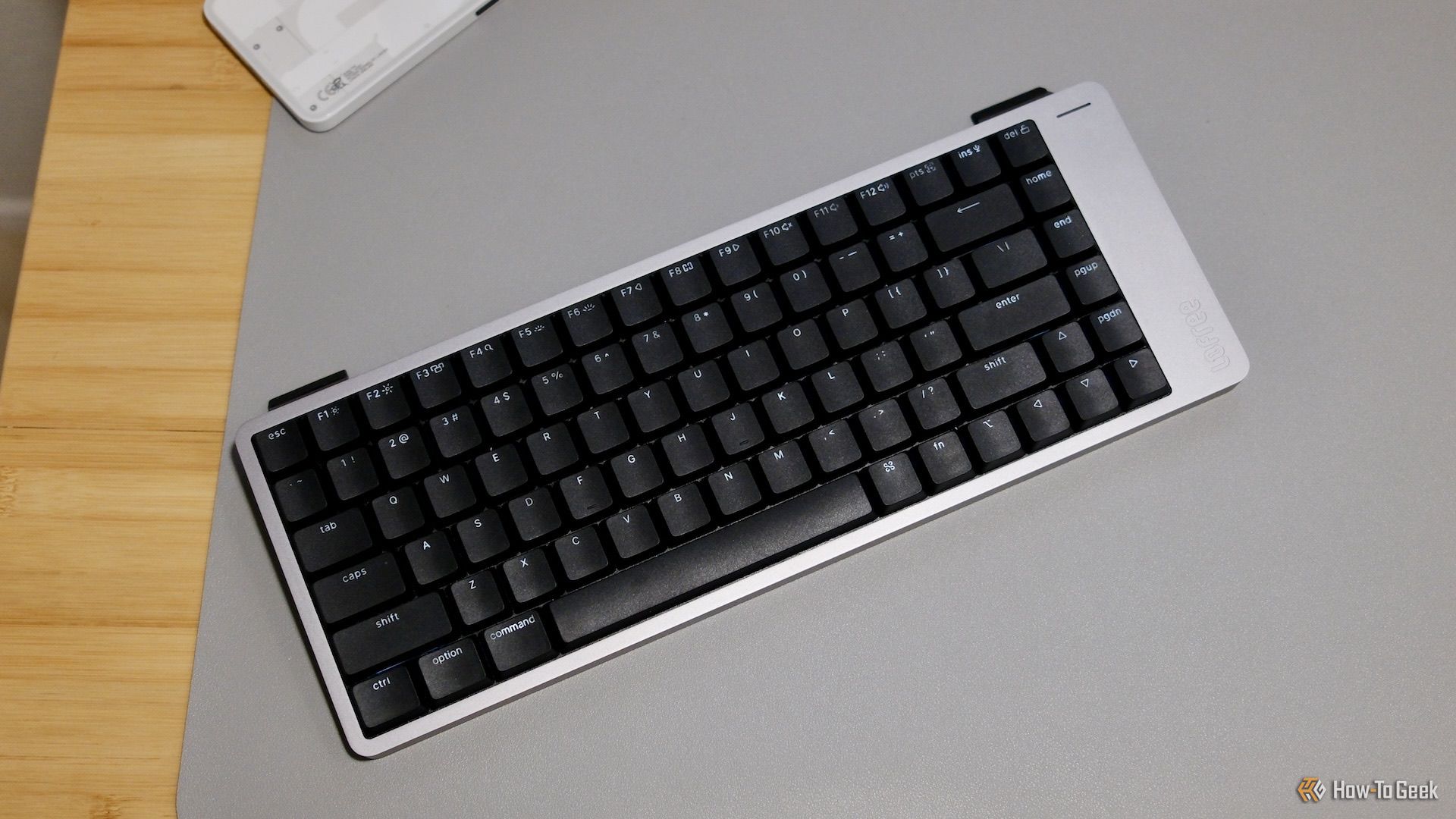

:max_bytes(150000):strip_icc()/001-how-to-fix-it-when-your-apple-watch-is-upside-down-5209368-de1485164f5d407b95b4497e42b34622.jpg?w=1174&resize=1174,862&ssl=1)



Leave a Comment
Your email address will not be published. Required fields are marked *